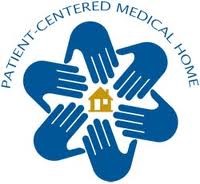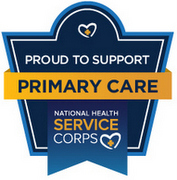Zika Virus Update
What You Need to Know
Click here to read an updated 2016 flyer from the Medical Society of the State of New York about the Zika virus with lots of information and links for you.
After reading the flyer you can learn more by visiting our Zika webpage here or spending the time to listen to this Zika virus podcast.
Obesity on the rise
Americans are fatter than ever, CDC survey finds
The results are in from the one of the largest and broadest surveys of health in the United States.
And although many of the findings are encouraging — more Americans had health insurance and fewer smoked cigarettes in 2015 than in previous years — the gains were overshadowed by rising rates of obesity and diabetes.
Every year since 1957, the Centers for Disease Control and Prevention has been asking Americans 18 and older about their health and the health of their family members as part of the National Health Interview Survey. The new report contains data from the 2015 survey, which included more than 100,000 people.
“There are some positives that we see” in the report, said Brian Ward, health statistician at CDC’s National Center for Health Statistics and one of the authors of the report, which came out this week.
However, the big negative is that the rate of obesity in the United States is continuing its upward march. In 2015, 30.4% of Americans 20 and older said they were obese, up from 29.6% in 2014.
Although the 2015 rate is not significantly higher than the previous year’s, it represents a continuation of a trend that has been going on since at least 1997, when researchers began using the current survey and when only 19.4% of Americans said they were obese.
“That is not a good trend there,” Ward said. “[But] it is not necessarily anything unexpected.”
Black Americans report higher obesity rates
Other surveys say the problem is even worse. In 2012, the National Health and Nutrition Survey found that 34.9% of adults 20 and older were obese. For that survey, CDC researchers measured the weight and height of more than 9,000 Americans to calculate their BMI, or body mass index.
Adults with a BMI of 30 or higher are considered obese, whereas those between 25 and 29 are “overweight.”
That approach probably gives a more accurate picture of obesity in the United States because people tend to overestimate their height, driving down their BMI, in self-reports, said Michael W. Long, assistant professor at the Milken Institute School of Public Health at George Washington University.
Still, “the National Health Interview Survey is one of the most important ongoing surveys,” said Long, who was not involved in the new research. It can give an idea of how much obesity has increased over the years, because the amount that participants misestimate their height or weight is probably pretty constant, he said. And because the survey includes so many people, researchers can look at obesity rates in different age and racial groups.
The CDC researchers found that rates of obesity were higher among blacks than Hispanic and white adults. Forty-five percent of black women reported that they were obese, compared with 32.6% of Hispanic women and 27.2% of white women. Similarly, 35.1% of black men said they were obese, compared with 32% and 30.2% of Hispanic and white men, respectively.
Adults between the ages of 40 and 59 bore the highest burden of obesity. In this age group, 34.6% of people said they were obese, compared with 26.5% of adults 20 to 39 years old and 30.1% of adults 60 and older.
“[The 40 to 59 age group] is really where you see a lot of the effects of obesity on diabetes-related morbidity and mortality, and you see premature deaths related to heart disease and are starting to see some of the cancers related to obesity,” Long said.
The other discouraging finding from the report is that the number of Americans who said they had been diagnosed with diabetes continued to rise. Among people 18 and older, 9.5% said they had diabetes in 2015, compared with 9.1% in 2014. The increase between years was not huge, but as with obesity rates, it suggests a continuing upward trend. In 1997, only 5.1% of Americans had diabetes.
The rise in diabetes is probably due in large part to the rise in obesity, Long said. Nevertheless, people who are obese can still take steps to reduce their risk of diabetes, such as improving diet and increasing physical activity, he added.
2016 CCHF Conference
Renewing the Vision
We’re on our way back from a wonderful gathering of dedicated health professionals meeting in Oklahoma City for the annual 3-day conference of the Christian Community Health Fellowship, focusing on the theme of “Reconciliation.”
This year we were able to send six of our staff members to be edified by times of prayer and fellowship, worship and sharing the Word, inspired messages and invigorating workshops, and (yes) some just plain fun.
Click here to read more about HBHS and the relationship we have with CCHF.
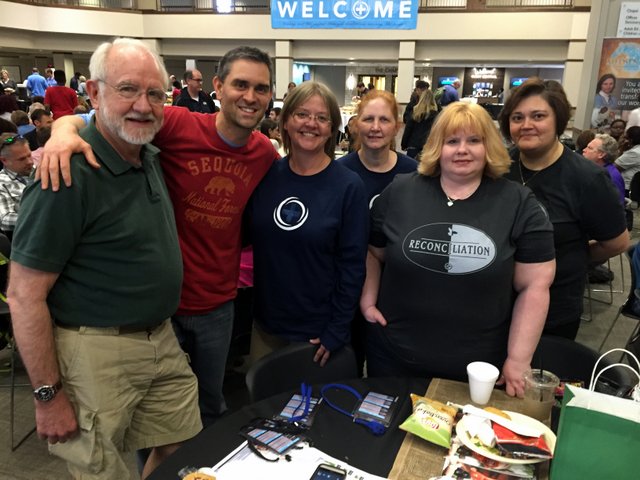 Drs. Morehouse and Mack with Valerie, Gloria, Michelle, and Susan
Drs. Morehouse and Mack with Valerie, Gloria, Michelle, and Susan
And don’t forget to ask any of us about what we saw, heard, and learned the next time you see us!
LGBTQ?
L stands for lesbians – women whose primary emotional, romantic, sexual, or affectional attractions are to other women.
G stands for gay men – men whose primary emotional, romantic, sexual, or affectional attractions are to other men.
B stands for bisexuals – men or women whose primary emotional, romantic, sexual, or affectional attractions are to both women and men.
T stands for transgendered – a broad term that includes cross-dressers, transsexuals, transvestites, and people who live substantial portions of their lives as other than their birth gender. A transgendered person is someone whose gender identity and/or expression differ from conventional expectations for their physical birth sex. Gender identity refers to the internal sense of being male or female, while gender expression refers to how someone presents his or her gender to the world through style of dress, mannerisms, and so on. A transitioning transgender person is one who is modifying her or his physical characteristics and manner of expression in an attempt to satisfy the standards for membership in another gender. Transgender people can be straight, gay, lesbian or bisexual.
Q stands for questioning – someone who is questioning their sexual and/or gender orientation. Sometimes, the Q stands for “queer,” a term reclaimed by some LGBTs for political reasons.
What people in these groups all have in common is that they challenge the heterosexual norms of mainstream society and are stigmatized as a result; otherwise, the LGBTQ community is very diverse with respect to ethnic and cultural backgrounds, physical ability, personality traits, socioeconomic class, and many other attributes.
According to a popular LGBTQ viewpoint as expressed in the words of John D. Sutter from CNN, “this isn’t a binary gender world. People don’t fit neatly into the ‘M’ and ‘F’ boxes. It’s time our public restrooms reflected that. The fairest way to do so is to desegregate restrooms by sex, and that means eliminating the men’s and women’s rooms in favor of ‘all gender’ restrooms.”
Of course, allegations of this sort fly in the face of millennia of human understanding that human beings do come in “binary” male and female configurations. Our Western world has been steeped in a Judeo-Christian perspective where facts of life which seem obvious to most people are further underscored by the accounts in Genesis 1.17 “So God created human beings in his own image – in the image of God he created them – male and female he created them” and Genesis 5.3 “He created them male and female and blessed them, and he named them ‘Mankind’ when they were created,” revelations that are further confirmed in these words from the Gospel of Mark 10.6 “But from the beginning of creation, God made them male and female.”
It is true that many people in today’s modern Western world defy traditional beliefs and mores in their appearance and behavior. What is a faithful approach to those whose views about life and personal self-expression may differ from yours or mine?
At His Branches Health Services, we attempt to honor all who come to us as human beings created in God’s own image and fallen from grace in many ways, just as we are. Some things we can change and others we can’t. Our calling is to love each and every person as best we can, sharing the truth in love with them honestly and openly, and offering whatever care and assistance we can. Will we always agree? Probably not with everybody about everything. Or, in Abraham Lincoln’s famous paraphrase, “You can please some of the people all of the time and all of the people some of the time, but you can’t please all of the people all of the time.” Please pray for us, the people and community we serve, and our entire nation during this challenging time in history.
In fulfilling our call as a faith-based Christian medical ministry, we agree with and are committed to following the understandings, principles, and practices outlined in the Christian Medical and Dental Society (CMDA) Ethics Statements on Transgender Identification and Homosexuality that were unanimously approved by the CMDA Board of Trustees and the House of Representatives at the CMDA National Convention on April 21, 2016.
Family Medicine Awards
The Rochester Chapter
of the American Academy of Family Practice held its annual awards dinner last night at the Highland Family Medicine program to celebrate with ten University of Rochester School of Medicine students in the Class of 2016 who have chosen to pursue specialty training in Family Medicine and to honor their mentors.
One of this year’s graduates is Chanh Huynh who studied in our office with Drs. Mack and Morehouse throughout his second year of medical school. After graduating next month Chanh will be continuing his training here in Rochester at the Highland Family Medicine program where Drs. Mack and Morehouse both also trained. Chanh graciously chose to join the URMC Department of Family Medicine in honoring Dr. Morehouse with an Excellence Award “in recognition of outstanding mentoring and support of medical students interested in Family Medicine.” Click here to read Chanh’s nominating remarks.
Our sincere hope is that we will be able to live up to the expectations of the community we serve and those who will be following our lead in the future and that His Branches Health Services can continue to be a vibrant place of compassionate care that Chanh, and others like him, can join when they complete their training.
Too many ER visits?
Too many ER visits?
A new study shows millions of New Yorkers are overusing hospital emergency rooms and driving up everyone’s insurance premiums.
Using data reported to the NYS Health Department, Excellus BlueCross Blue Shield estimates that out of the 6.4 million visits to hospital emergency rooms in New York State in 2013, two million of them were for preventable conditions that could and should have been treated by primary care physicians. In Monroe County alone, out of every 100 ER visits, 20-30 of them were not significant enough to warrant emergency services.
“Many of the visits are for sore throats, colds, sprains, sinus infections,” says Dr. Jamie Kerr, the medical director at Excellus.
She says it costs insurance companies eight times more for a patient to be treated in an emergency room compared to a primary care office. Those costs eventually get passed along to all customers in the form of premium increases. “We’re not telling you not to go to the ER but if you think it’s not serious and if your physician is not available, there are options other than going to the ER,” says Dr. Kerr.
Click here to read the entire WHEC report.
Where should you go?
Click here for help in figuring out where you should go if you’re sick or injured.
Minority Health Month
Taking care of yourself
and your loved ones is the first step towards good health. That means reading up about how to stay well, learning common symptoms of possible health problems, staying up-to-date on the new health care law and knowing where to turn for help.
This may sound like a lot. So that’s why we’ve compiled many easy-to-use resources all in one convenient place.
- Find common symptoms, causes and treatments for more than 900 health and wellness issues
- Find out about prescription drugs and over-the-counter medicines
- Learn about anatomy, surgery, medical words and more: watch videos, take tutorials and listen to podcasts
Call us at (585) 235-2250 today to make an appointment for you or someone in your family.
Love symptoms
How your body reacts when you fall in love
Butterflies in your stomach, a racing heartbeat – you probably remember those symptoms well from your first middle school crush. As an adult, they’re actually your body’s subtle clues that you’re falling in love (or lust, at least). At the start of a relationship, a series of truly fascinating chemical reactions occur throughout your nervous system and hormones. From the first time you meet to climbing under the sheets, here’s what’s happening to your body as you fall in love…
Colon Cancer
Preventable. Treatable. Beatable.
Each year nearly 137,000 people are diagnosed with colorectal cancer, often referred to as colon cancer, in the U.S. and over 50,000 people die from it annually. The disease, however, is largely preventable with regular screening and is treatable with early detection.
At His Branches Health Services we take this challenge seriously, keeping track of each patient in our practice carefully in our electronic medical record and reminding people when they are due for screening.
If you are over 50 or have a family history of colorectal cancer and haven’t been screened, call us today to make an appointment to talk to your doctor about what you should do. Screening saves lives. In the meantime, click here for more information.
Outdated Medicine?
Earlier this month the Washington Post ran an article by Dr. Jerald Winakur entitled “In America, the art of doctoring is dying.” The author was in medical practice for nearly 40 years before moving into academic circles, and his thesis is that the practice of medicine has changed dramatically in recent years. In his words, “There is no doubt that the [very personal] kind of medicine I was fortunate to practice is disappearing.” We are happy to report that at His Branches Health Services the practice of this kind of medicine, what Dr. Winakur calls being a “confidentialist,” is alive and well.
Dr. Winakur goes on to define a “confidentialist” as “Someone who has the time to really get to know a patient. Someone available to be confided in. An advocate, not just for the moment, but across time. An explainer about what’s wrong; an educator about what will help and what will not. Someone who has the knowledge and confident wisdom to stand down the legions of specialists with their scalpels, catheters and scopes; the backbone to stand up to bottom-line-toeing administrators and self-serving insurance executives and policy wonks.”
Would you, or someone you know, like this kind of medical care? If so, browse around our website and then give us a call at (585) 235-2250 to find out how to become part of our patient centered medical practice.
“The Doctor” by Sir Luke Fildes 1891

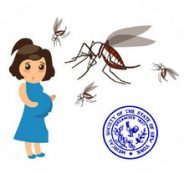
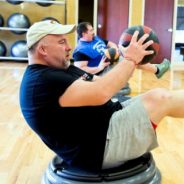
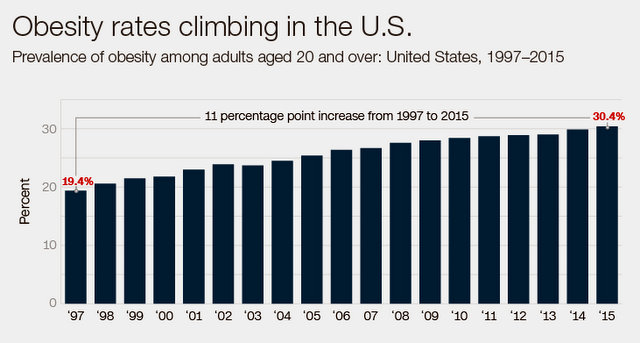



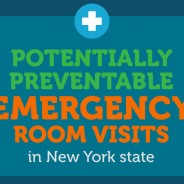
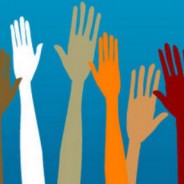



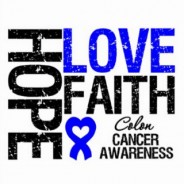

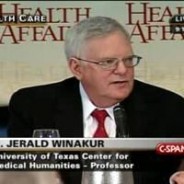
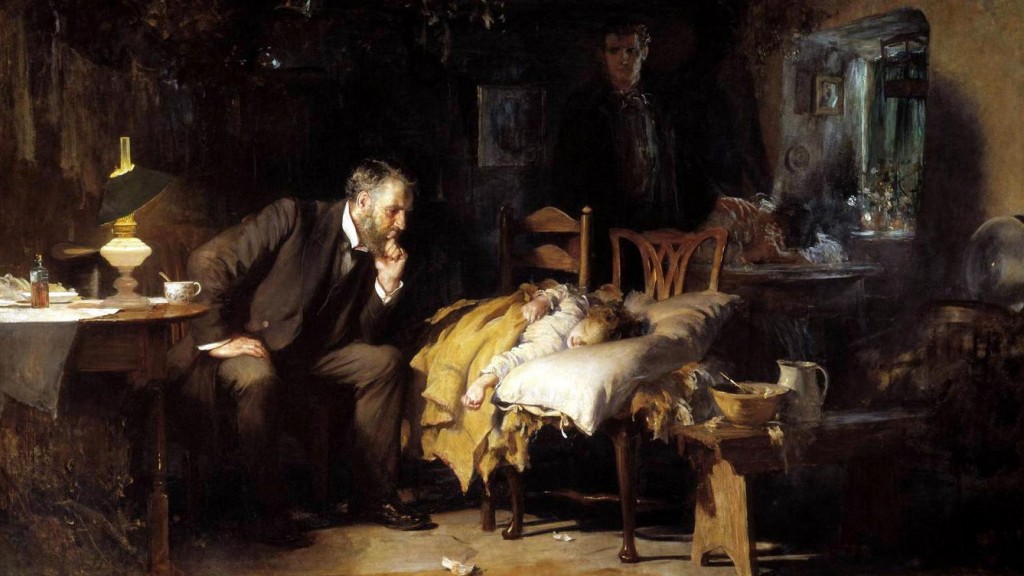
 I'm a happy person who loves getting to know and being able to help people of all ages. I connect with little children (and the little child in most adults) almost immediately. Sharing the joys and trials of relationships, pregnancy and delivery, and family life are the things about family practice that really light my fire. I've found that having a sense of humor and seeing God's love at work can see us through some of life's most difficult times, if we can keep the faith and hang in there together.
I'm a happy person who loves getting to know and being able to help people of all ages. I connect with little children (and the little child in most adults) almost immediately. Sharing the joys and trials of relationships, pregnancy and delivery, and family life are the things about family practice that really light my fire. I've found that having a sense of humor and seeing God's love at work can see us through some of life's most difficult times, if we can keep the faith and hang in there together. 

